
by admin | Jan 16, 2023 | Blog
Traditional uses for vegetable carbon as a natural black color include the food and cosmetics sectors.
Currently, carbon black is utilize as an addition with the number E153 in a variety of products. E153 is used for the color production of:
- Candy and gummy bears
- Chocolates\Pastries
- goods in tin
- White pepper Cheese
- Body lotions and creams
USES OF E153
Vegetable carbon, is a type of finely divide carbon made by activating carbonise raw vegetable material with steam. Vegetable carbon is use as a culinary colouring as well as a medication, such as an antidote or intestine adsorptive medicine. This opinion only addresses the safety assessment of vegetable carbon, a plant-based food colouring.
- This product is frequently use in bread goods, confectionery, decorations, cheese coating, cosmetics, and pharmaceuticals in addition to replacing black caviar.
- Some of the foods and drinks in this category include jam crystals, jelly crystals, and liquorice.
- A wonderful example of employing vegetable carbon in beverages is the addition of vegetable ash to Alex Kratena’s Dream to a Dream cocktail at London’s Artesian pub.This product is use in frozen drinks and culinary goods as a natural coloring agent.
- The product can be used as a filtering aid or a clarifying agent because it is insoluble in water. However, this reduces its use in food and drink goods.
SPECS
JECFA: No ADI assigned (31st Meeting, 1987)
EU: Unallocated ADI in the EU (EFSA, 2012). In Directive 94/36/EC on colours for use in foodstuffs, specific food categories where vegetable carbon is approve for use at quantum satis are establish.
HOW HEALTHY IS VEGETABLE CARBON IS?
Vegetable carbon has the power to bind anything that travels through the digestive tract, including vitamins, minerals, and drugs, rendering them unavailable. In general, there are no warnings against eating vegetable carbon.
The main purpose of using vegetable charcoal is to decontaminate an organism that has been poisoned or toxified. Therefore, aiding the body in eliminating microorganisms is especially helpful in cases of food poisoning. Additionally, vegetable charcoal has beneficial medicinal qualities that help prevent drug overdoses.
SIDE EFFECTS AND USE PRECAUTIONS
If the recommended dosages are follow, vegetable carbon doesn’t have many side effects. But you should be aware that it could make stools darker. This occurrence is normal and not the thing to worry about. Remember that vegetable carbon has an adsorbing impact on several substances when considering use precautions.
Check out order sample.
Learn more about our products.

by admin | Dec 29, 2022 | Blog
E153 commonly known as vegetable carbon. The European Union has given the food additive E153 the approval. In foods and beverages, it serves as a natural coloring additive. Vegetable carbon has the power to bind anything that travels through the digestive tract, including vitamins, minerals, and medications, In general, there are no warnings against eating these kinds of food with E153.
The use of E153 is prohibit in the US. In Australia, only varieties derive from vegetables are allow.
Examples of food and beverage items that occasionally include E153 include:
- Crystals of jam
- Crystals of jelly
- Liquorice
REASON OF ITS BAN IN USA
If this colour is create using specific production techniques, it is prohibit in the US. Due to the potential existence of polycyclic aromatic hydrocarbons, this choice was made.
HOW E153 IS PRODUCED?
Burning vegetable matter produces E153, while animal charcoal can also be used. E153’s limited application in food and beverage items is due to the fact that it is not soluble in water, But there are limits to use this in food and beverages.
Making process:
This is create with bamboo that has undergone a high-temperature carbonization procedure. Steam activation is use in its making. Vegetable fibres are charre to activate steam. To carry out this operation, raw resources such nutshells, peat, wood, and cellulose are use.
To make them easier to utilise in food, they are crush into tiny particles before being add to glycerin or glucose. This has tiny carbonised vegetable particles in it. Particularly fine carbon black powder is use. Depending on how much is use, it can range in hue from grey to black.
WHAT USE DOES VEGETABLE CARBON SERVE FOR?
Confectionery, bakery goods, decorations, cheese coating, a substitute for black caviar, cosmetics, and medications are a few examples of typical usage.
IT’S MORE BENEFICIAL AS A SUPPLEMENT
At least 30 minutes before and right after meals, 1 gram dose of vegetable carbon have a positive effect. Now think about how bake goods are made; every kg of flour, 15-20 g of vegetable carbon is use, This indicates that it is insufficient to produce positive benefits and it should therefore be use as a supplement. According to the European Commission, “activated carbon helps minimise excessive postprandial flatulence,” in support of the coal-fired power plants. You must have check black bread that contains E153 but it is recommend to use this supplement form.
COMMON USAGE OF E153
Due of its rich black colour, it is rarely use solitary in meals. Specific types of confectionary, including sweets or ice, go well with this colour. However, it can also be employ as a shading agent with other colours, increasing the intensity of the colour.
Common applications for this product include substitutes for black caviar, confectionary, decorations, cheese coating, cosmetics, pharmaceuticals, and bakery goods.
Jam crystals, jelly crystals, and liquorice are a few of the foods and beverages that fall under this category.
Incorporating vegetable ash into Alex Kratena’s Dream to a Dream cocktail at London’s Artesian bar is a great example of using vegetable carbon in beverages.
Want to test sample before buying click here.
Check out more about our natural colors click here.

by admin | Dec 5, 2022 | Blog
Process if making carmine pigment from cochineal includes, boiling the insects in water, followed by filtering, precipitation, washing, and drying the finished product are the steps involve in extracting carmine powder from the cochineal.
There are always two phases involve in the preparation of carmine. To extract the carminic or kermesic acid, the dried insects are first cooked in water. The pigment is precipitate in the second stage by incorporating alum into the clear filtered solution. A complex salt with a strong crimson-red colour is create by the aluminium ions in alum.
- The powder insect bodies are cooke in ammonia or sodium carbonate solution,
- The powder insect bodies are cook in ammonia or sodium carbonate solution, the soluble material is filter out, and then alum is add to the clear carminic acid salt solution to precipitate the red aluminium salt.
- This process is use to make carmine.
- The absence of iron ensures colour purity.
- To control the precipitate’s production, you can add borax, gelatin, citric acid, stannous chloride, or even citric acid.
- The alum is mixe with lime to create purple hue.
PREPARATION OF CARMINE PIGMENT
You’ll need water, vinegar or lemon juice, cream of tartar, alum, and a coffee filter.
Process: In the mortar, grind 2t of cochineal for immediate use. To make various reds, try adding lemon juice, vinegar, alum, or cream of tartar. If only water is introduce, your paper’s acidity will also have an impact on the colour.
Pulverize 1T of cochineal in a mortar, add it to 2C of water in a non-reactive kettle, and bring to a boil to form a dye and precipitate the pigment. 1 teaspoon of cream of tartar should be add, and the cooking time should be increase by 10 to 15 minutes. Reserve cochineal paste for pigment and strain the liquid to make dye.
WHAT MAKES COCHINEAL AND CARMINE DIFFERENT FROM ONE ANOTHER?
The cochineal insect, which inhabits cactus plants in Peru and the Canary Islands, provides the cochineal colouring agent. Carminic acid is what gives carmine its colour, which is obtain from cochineal extract.
DOES CARMINE DAMAGE SKIN?
Because it is extremely safe, doesn’t irritate the skin, is simple to make, and has been use as a dye for more than 600 years, carmine is utilise in a wide variety of colour cosmetics. One of carmine’s noteworthy qualities is its bright colour, which is unequalled by many other pigments on the market.
IS COCHINEAL CARMINE VEGAN?
Carmine is not vegan because it is produce by boiling and crushing cochineal insects.

by admin | Nov 30, 2022 | Blog
How to use Cochineal to make lipstick? Here how you do, cochineal also called carmine, is a red insect dye that has been utilize for ages to color clothing, medicines, and cosmetics. Cochineal is use to color lipstick, blush, and eye shadow in the beauty industry. Absolutely stunning color is produce by this cochineal dye. Reds that result from it are vivid, strong, and deep.
- The cochineal bug is cook, dry in the sun, then crush before being combine with an acidic alcohol solution to produce cochineal lipstick
- It produces a variety of vivid colours, but is most frequently use to make red dye. These colours range from crimson to pink, purple, or peach. For just one pound of dye, 70,000 cochineal insects are require.
PROCESS OF MAKING COCHINEAL LIPSTICK
Process of making cochineal lipstick is very simple underneath are the following steps
Cochineal bugs are very common food dyes
- First we take chochineal bugs are grind them
- After grinding is done you can see it in the form of powder
- Now place this powder in a lid or somewhere else at dry place
- Now adding a few drops of water
- You will see it will immediately turn into brilliant red dye
These were the steps of how to make color for a lipstick to dye now we will see how we can make lipstick of this cochineal dye
MAKING LIPSTICK
- Take 1tsp of coconut oil
- Put oil in a jar, add cochineal dye that we made.
- Stir it
- Now put it in a stick
- After few minutes you are good to use your lipstick
Note: You can also use any other natural color like beetroot etc.
DOES LIPSTICK INCLUDE BUGS
Crushed cochineal bugs, which are cacti-dwelling insects, are frequently use to make the crimson lipstick colour. Insect carcasses are boil in ammonia or sodium carbonate solution to produce the colour, often known as carmine red or carminic acid.
COCHINEAL IS IT NOT TOXIC?
In lab tests, cochineal was found to be non-toxic. Cochineal is a safe and naturally derived food colouring for the vast majority of people.
IF MY LIPSTICK CONTAINS COCHINEAL, HOW DO I KNOW?
Look for "CI 75470," "cochineal extract," "crimson lake," "natural red 4," or "carmine" in the ingredient lists. That shows that it have cochineal in it
To learn more about our product click here
Give us inquiry click here.

by admin | Nov 24, 2022 | Blog
Here is everything you should know about carmine before using it. Carmine can be found as dark red powder. The colouring principles derive by an aqueous extraction of cochineal are called carmines. Carmines are the aluminum or calcium-aluminum lake, or an aluminium hydroxide substrate, of the coloring principles.
Cochineal (Dactylopius coccus costa (Coccus acti L.)) is a plant that produces an aqueous-alcoholic extract that can be concentrated to produce a dye that is primarily composE of carminic acid.
Foods such as meat products, seafood, confectionary, alcoholic and nonalcoholic beverages, yoghurt, baked goods, jams, jellies, dairy products, snack foods, ready-to-eat foods, fruit preparations, and seasonings can all be coloured with carmine and cochineal.
SOLUBILITY
Depending on the type of cations present, different carmine formulations have different solubilities. Ammonium carminate-containing products are easily soluble in water between pH 3.0 and pH 8.5. Calcium carminate-containing products are very little soluble in water at pH 3.0 but easily soluble at pH 8.5
Today, cochineal is use to add colour to a variety of products, including pet food, inks, food & beverages, and cosmetics. Carminic acid, the main colouring ingredient, comes in two distinct forms
COCHINEAL EXTRACT
The cochineal’s water-soluble carminic acid extract.
CARMINE
An acidic form of carmin that has undergone a laking process
Cochineal extract and carmine are excellent natural food colorings. They offer shade options for a variety of applications, ranging from lovely pinks and vivid reds to oranges and lavenders, and they have outstanding heat, light, and acid stability. Depending on the kind, it may be referr either as carmine or cochineal extract.
IS CARMINE HEAT AND LIGHT STABLE?
Carmine is a fantastic natural food colouring. They offer shade options for a variety of applications, ranging from lovely pinks and vivid reds to oranges and lavenders, and they have outstanding heat, light, and acid stability.
HOW VARIATIONS OF CARMINE OBTAINED?
These changes are obtain during the production process, where additives like aluminium and calcium can be added. Keep in mind that there are many kinds, including Carmine Lake, Water-Soluble Carmine, Liquid Carmine, and Carminic Acid. The cochineal’s raw material quality plays a significant role in determining the various colour shades.
The red food colouring carmines E120 is most frequently Use in beverages, biscuits, candies, pastries, and sauces. Due to the fact that it is derive from the cochineal insect, it is not suitable for vegetarians and vegans.
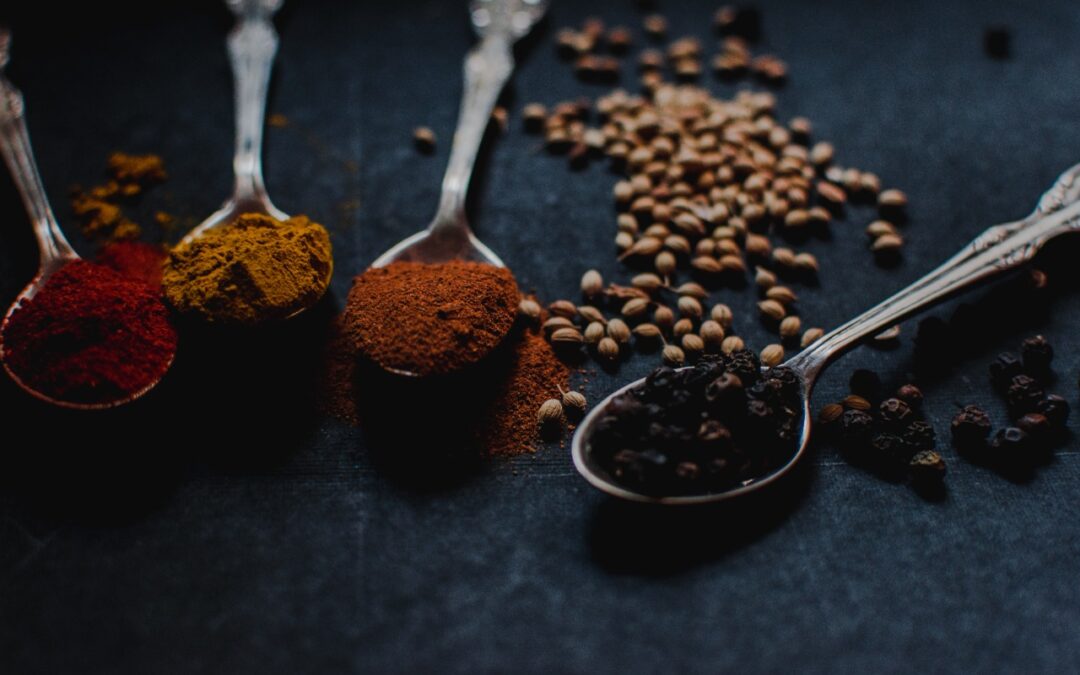

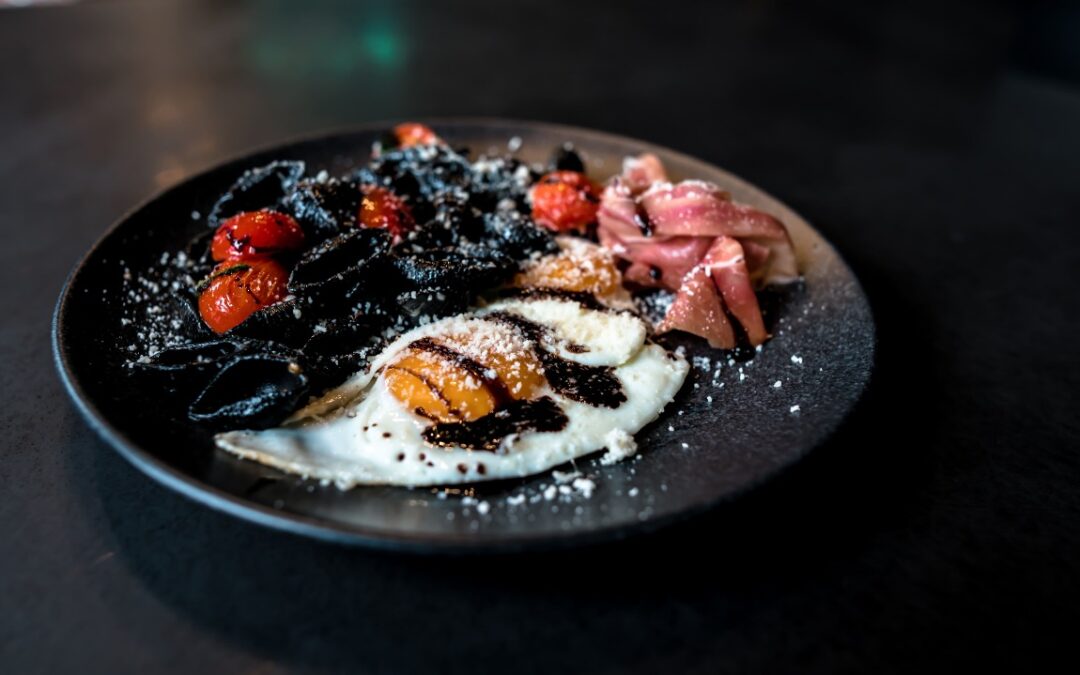
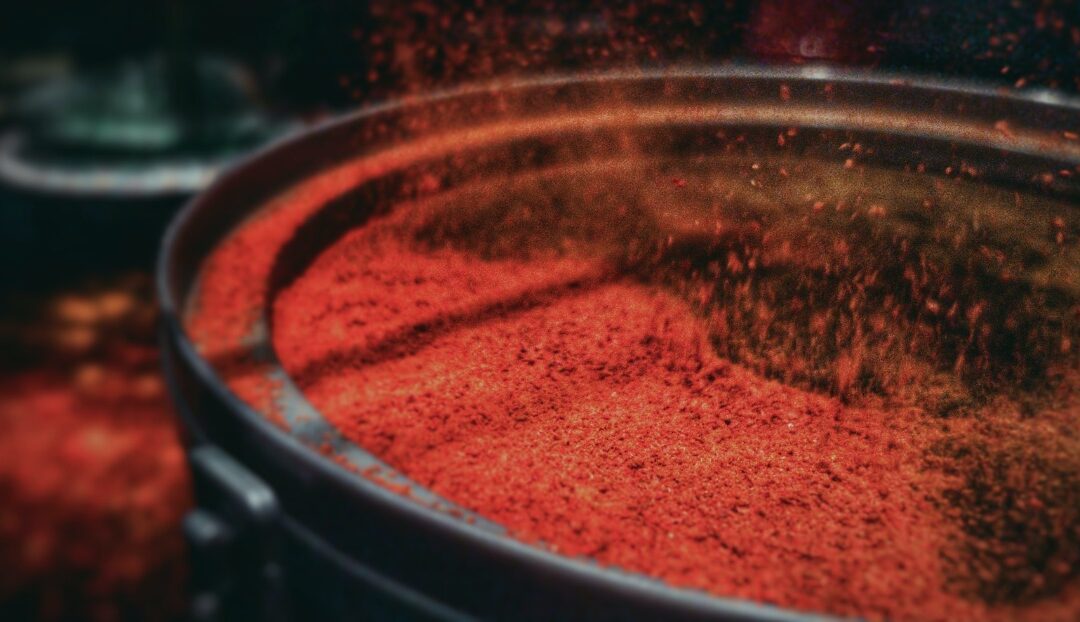
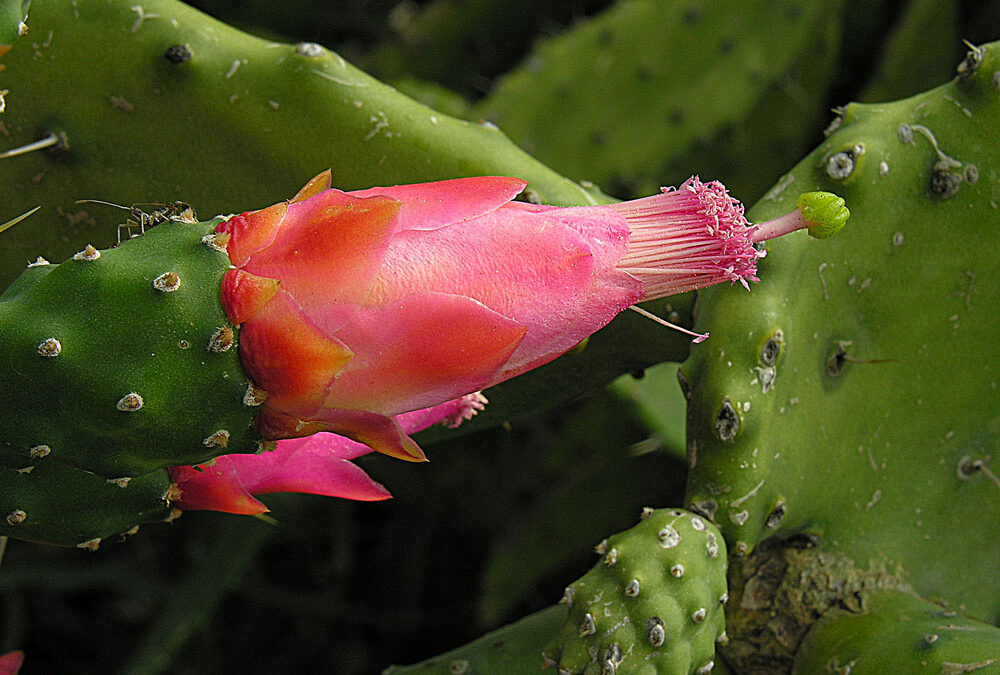
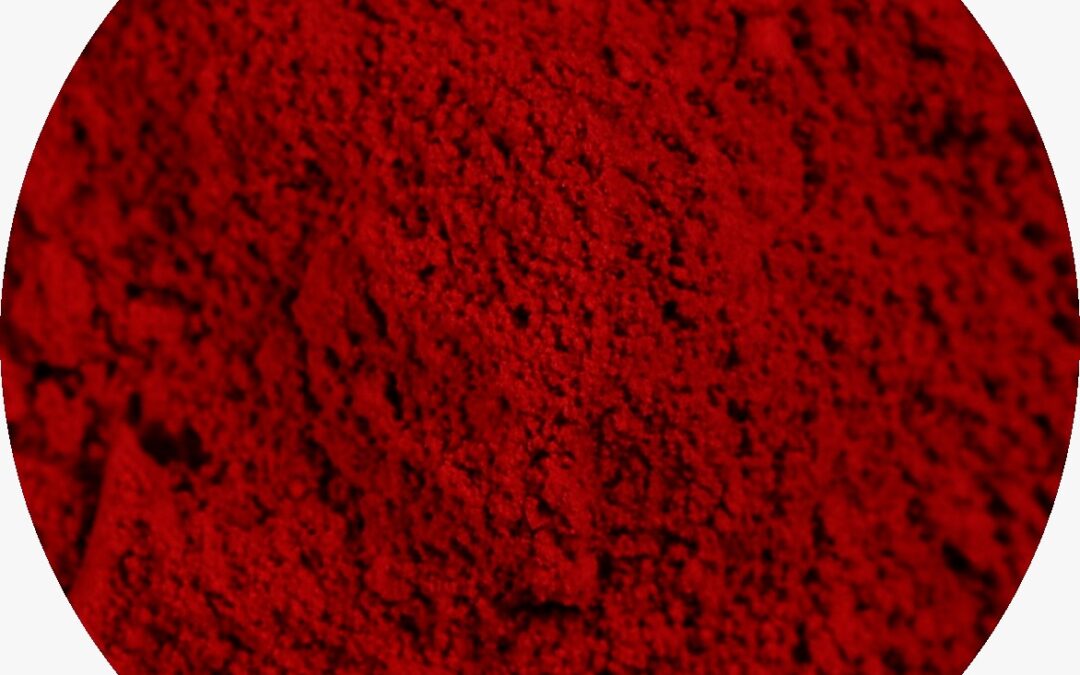

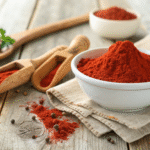

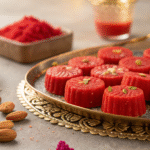

Recent Comments